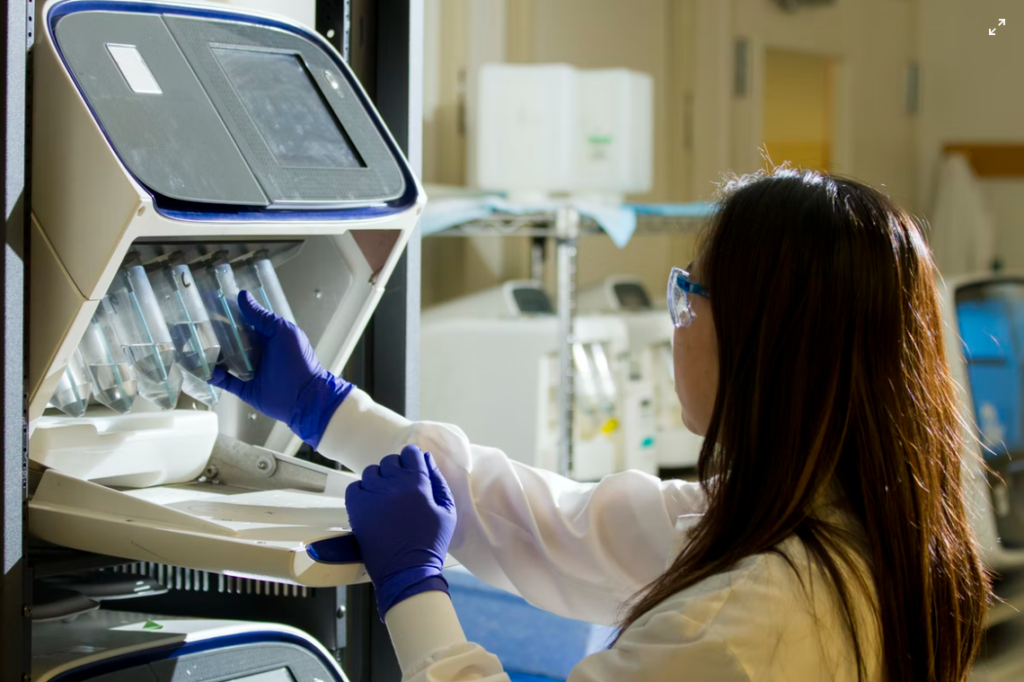
On 10 February 2022, the Treasury Laws Amendment (Tax Concession for Australian Medical Innovations) Bill 2022 was introduced to Parliament. More widely known as the Patent Box scheme, this bill is designed to encourage the commercialisation of Australian biotechnology and medical inventions. The 2022-23 Budget has now also made certain low-emissions and agricultural patents eligible. Those eligible for the patent box incentive will be able to claim a lower tax threshold of 17% for income streams that are eligible where R&D has been undertaken.
Eligibility
Eligibility for these tax concessions is limited to either those who undertake business operations in Australia through a double tax agreement but live outside Australia, as well as those who live in Australia. Eligible taxpayers must “elect” to take advantage of the patent box, in order to access these tax concessions. Income to which the patent box will then apply includes eligible patent income acquired after the taxpayer has opted into the scheme.
Only by having a connection to a therapeutic good contained on the ARTG does a medical or biotechnology patent become eligible for the patent box. There is a further limitation whereby tax concessions are only granted to that portion of income accrued by the patent for which R&D was undertaken in the patent’s development. For instance, a medical or biotechnology product may include many patents. While one patent contained in the product may be eligible for the patent box, other patents may not be eligible. In such scenarios, the relative income accrued by the eligible patent must be distinguished from the proportion of income that is not eligible.
Income Streams
Furthermore, those eligible for the patent box must be careful to separate recordal of “income streams” of all income gained by their eligible patent. An income stream can include licencing fees or royalties relating to the patent, compensation or damages relating to the patent and rental or sales income of goods connected to the patent.
Agricultural and Low-Emissions Patents
The 2022-23 Federal Budget has recently extended patents eligible for the patent box to low-emissions and agricultural patents. The Government’s 2020 Technology and Investment Roadmap Discussion Paper provides detail about eligible low-emissions technologies, which can be found here.
The patent box was also expanded to agricultural patents but is limited to “agricultural and veterinary (agvet) chemical products listed on the Australian Pesticides and Veterinary Medicines Authority (APVMA), PubCRIS (Public Chemicals Registration Information System) register, or eligible Plant Breeder’s Rights (PBRs)”[1].
The details of how the patent box will relate to agricultural and low-emissions patents will be determined through a consultation process which is still yet to take place with industry.
Patent Box Progress
This is an exciting opportunity for those with eligible patents. The bill is yet to pass through both Houses of Parliament, but we will provide updates on the bill’s progress here. If you would like to know more about the Patent Box scheme, please do not hesitate to contact us.
This is a summary of the Explanatory Memorandum for the Patent Box Scheme and 2022-23 Federal Budget. It does not address every detail of what is a complicated policy and should not be relied upon for taxation advice. For a comprehensive discussion about the Patent Box, see the full report here.
References
The Commonwealth of Australia, Budget 2022-23, Budget Paper No. 2 (ACT: The Commonwealth of Australia, 2022).
THE PARLIAMENT OF THE COMMONWEALTH OF AUSTRALIA, “TREASURY LAWS AMENDMENT (TAX CONCESSION FOR AUSTRALIAN MEDICAL INNOVATIONS) BILL 2022”. Parliament of Australia (1 April 2022), https://parlinfo.aph.gov.au/parlInfo/download/legislation/ems/r6838_ems_02b56967-719e-4392-bebe-be9342be5972/upload_pdf/JC004936.pdf;fileType=application%2Fpdf
[1] The Commonwealth of Australia, Budget 2022-23 (ACT: The Commonwealth of Australia, 2022), 22.

